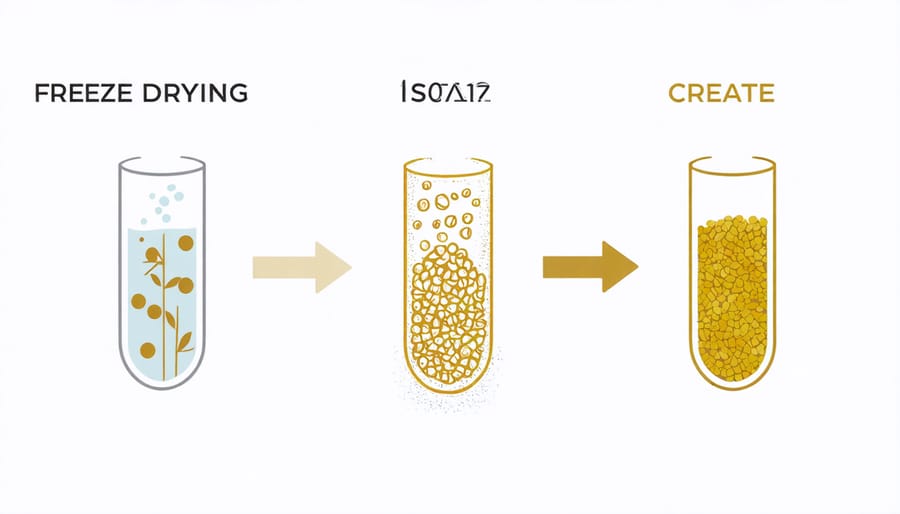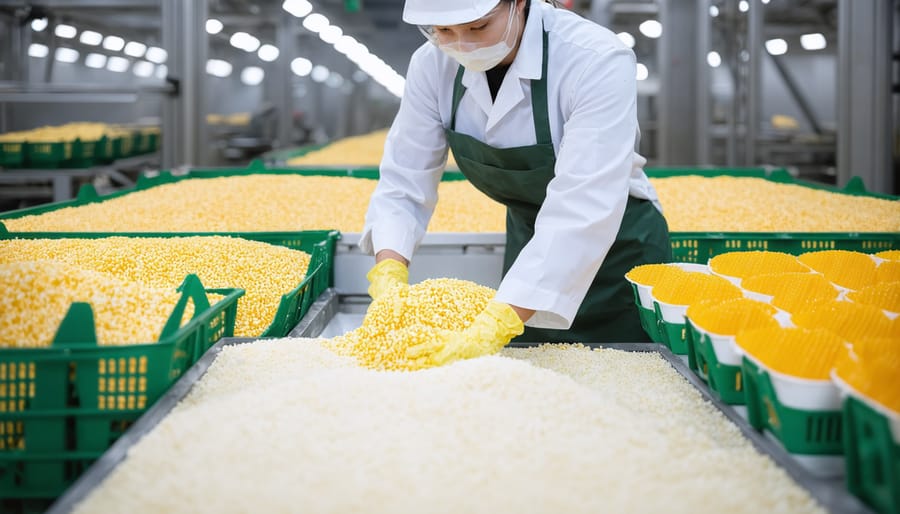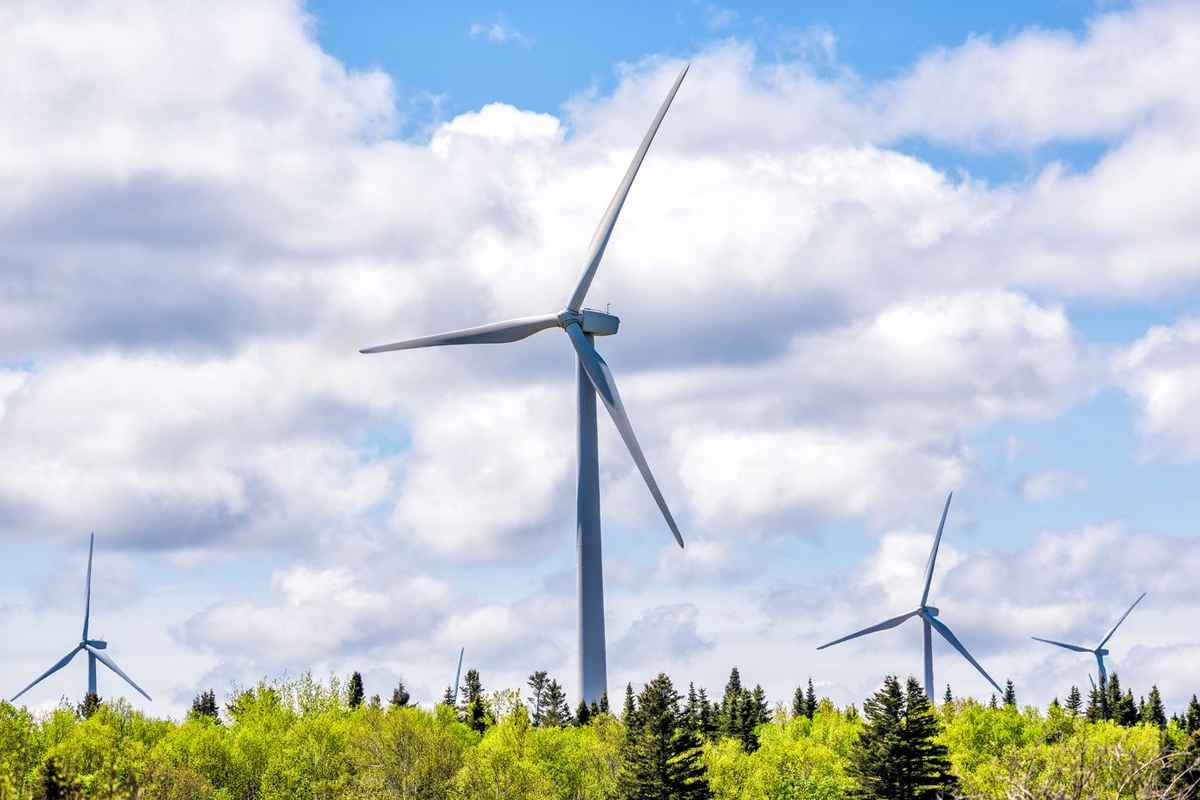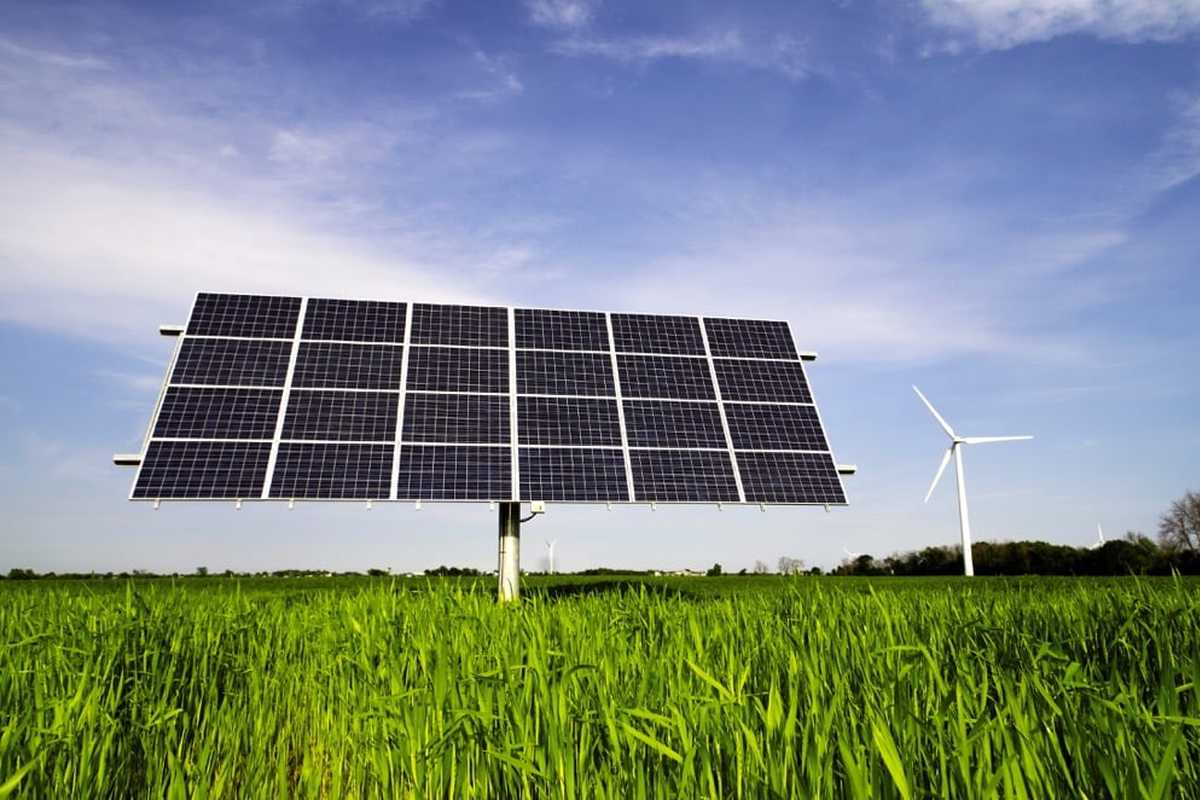Embrace sustainable methods in the freeze-dried candy industry by integrating closed-loop systems to minimize waste and optimize resource use. Evaluate suppliers meticulously, prioritizing those committed to renewable energy and ethical sourcing, thereby reducing the carbon footprint of your operations. Innovate product designs with biodegradable packaging materials, ensuring every aspect of production supports environmental health. Incorporate Indigenous perspectives, collaborating with local communities to enrich innovation with time-tested sustainable practices. Explore advanced freeze-drying technologies at the forefront of the industry, such as those employed at freeze dried delights, which lead in reducing energy consumption and maximizing efficiency.
Understanding Freeze Drying

The Science Behind Freeze Drying
Freeze drying, or lyophilization, is a marvel of science that connects sustainability with innovation, offering significant benefits to industries keen on reducing environmental impact. The process begins by freezing the product, which is then exposed to a vacuum. This creates a low-pressure environment where ice sublimates directly into vapor, bypassing the liquid stage and leaving behind dried material. This method preserves the structural integrity and nutritional content of food more than traditional drying, making it an appealing choice for sustainable practices.
Particularly in industries like candy manufacturing, freeze drying reduces the need for additives and long-distance transport, as lightweight dried products are easier to store and ship. Embracing this technology also aligns with Indigenous communities’ values of stewardship and resource conservation, respecting natural cycles while utilizing advanced methods. By embracing such innovations, we seek a harmonious balance between modern needs and environmental respect, which is crucial for a sustainable future.
Application in Candy Production
Freeze drying is revolutionizing the candy industry by merging indulgence with eco-friendly practices. This innovative technique involves removing moisture from ingredients, resulting in a crispy and flavorful treat while significantly reducing the need for artificial preservatives. By using freeze drying, candy producers can harness the natural sweetness and vibrant colors from fruits, offering consumers a guilt-free alternative that aligns with sustainable and health-conscious trends.
Environmentally conscious consumers are drawn to freeze-dried candies for their minimal processing impact and waste reduction. The process requires less energy compared to traditional drying methods, which translates into a lower carbon footprint. In line with global efforts to mitigate climate change, this appeals to individuals and communities committed to environmental stewardship.
Furthermore, Indigenous communities, known for their sustainable resource management practices, are finding opportunities to incorporate traditional fruit harvesting into freeze-dried candy production. By doing so, they are not only preserving their heritage but also contributing to a resilient and inclusive economy. These candies exemplify a sweet solution to ethical consumption and collaborative innovation in the journey towards sustainability.
Sustainable Innovations in the Freeze-Dried Sector
Energy Efficiency Improvements
Innovations in freeze drying are significantly reducing energy consumption, presenting a promising path towards sustainability in the industry. Recent advancements focus on optimizing the freeze-drying process to minimize energy use without compromising product quality. One promising technique is the introduction of variable temperature cycles, which adjust the freezing and drying temperatures to match specific product needs, ensuring only the necessary energy is used.
Additionally, the integration of renewable energy sources, such as solar or wind power, into freeze-drying facilities is gaining traction. These sources can power energy-intensive equipment and reduce reliance on fossil fuels, aligning with global efforts to curtail carbon emissions. Collaborative efforts have emerged between researchers, industry professionals, and Indigenous communities, fostering innovative approaches that respect traditional knowledge and prioritize environmental stewardship. For instance, a Canadian project explored the use of locally sourced biomass as a supplementary energy source for freeze dryers, tapping into Indigenous expertise in sustainable resource management.
These initiatives illustrate a growing trend towards energy efficiency in freeze drying, driven by a shared vision of sustainability. By adopting these technologies, the industry not only reduces its carbon footprint but also supports the global shift towards more environmentally friendly practices, setting a new standard for sustainable innovation.
Eco-friendly Practices
In the evolving landscape of freeze drying, eco-friendly practices are transforming the industry by aligning with sustainable innovation goals. Central to this transformation is the reduction of waste. By optimizing the freeze drying process, manufacturers can minimize the energy and resources expended, ensuring that every batch of products is created with precise efficiency. This conscious effort not only reduces production waste but also significantly lowers the environmental footprint.
Recycling plays another pivotal role, as materials used in the process are increasingly being sourced from recycled content, further promoting a circular economy. Innovative companies are exploring partnerships and technologies to ensure post-consumer materials are effectively reincorporated into the production cycle, fostering a system where little goes to waste.
Equally important is the shift to sustainable packaging, with eco-friendly solutions replacing conventional options. Biodegradable materials and recyclable packaging designs are being adopted widely, ensuring that the final product is as gentle on the planet as its production allies. These practices create a ripple effect, inviting environmentally conscious individuals and communities, including Indigenous groups, to contribute insights and further enrich this sustainable journey.

Role of Renewable Energy
In the quest for sustainability within the freeze-drying industry, the integration of Renewable Energy sources offers a promising path forward. Facilities across Canada are increasingly turning to wind, solar, and hydroelectric power to minimize their carbon footprint. By reducing reliance on fossil fuels, they not only lower emissions but also promote long-term energy security and cost savings. This transition is part of a larger movement, skillfully outlined in Renewables in Canada, highlighting how sustainable practices are reshaping industries. The use of renewable energy is also a shared value with many Indigenous communities, who have long been stewards of the land. Collaborations between freeze-drying companies and Indigenous groups encourage knowledge exchange, fostering innovations that respect both technological advancements and traditional perspectives. As these partnerships grow, they illuminate a future where balance with nature strengthens industrial progress, offering hope and inspiration to those committed to a sustainable tomorrow.
Environmental Impact and Benefits
Reducing Carbon Footprint
Incorporating sustainable practices into freeze drying processes is pivotal for minimizing environmental impact and aligning with broader goals of Environmental Stewardship. By optimizing energy use, we reduce carbon emissions significantly. This involves utilizing energy-efficient technologies and renewable energy sources, ensuring that each watt powers optimal dehydration without unnecessary waste. Advanced insulation and improved vacuum systems play a crucial role, preserving the delicate balance needed for quality freeze drying while cutting down on greenhouse gases.
Moreover, localized production facilities offer another sustainable tactic. By reducing transportation distances, we’re able to lower emissions associated with moving raw materials and finished goods. Indigenous communities contribute valuable insights here, relying on ancestral knowledge to guide sustainable harvesting and preservation, reducing impact on lands and resources across Canada.
Collaborations between industry professionals and policymakers catalyze innovation, pushing for regulatory frameworks that support green technologies. By integrating these strategies, we not only lower our carbon footprint but also foster a culture of innovation and responsibility that benefits both the environment and the spirits of those who prioritize sustainable choices.
Supporting Circular Economy
In the freeze-dried candy industry, sustainable innovation is playing a pivotal role in supporting a circular economy. This approach aims to minimize waste and keep resources in use for as long as possible, thus enhancing environmental stewardship. Freeze drying technology aids in preserving the nutritional value of ingredients while extending their shelf life, reducing the need for artificial preservatives and minimizing food spoilage. This process captures the essence of fruits that may otherwise be discarded due to slight imperfections, thereby maximizing resource efficiency.
Moreover, the integration of sustainably sourced ingredients not only promotes economic opportunities for local farmers but also aligns with Indigenous practices that emphasize respectful and sustainable use of natural resources. These innovations reflect a commitment to reducing the industry’s carbon footprint by optimizing energy usage during production and packaging, while also encouraging the use of recyclable materials. As the industry continues to evolve, it fosters a collaborative environment where shared knowledge and respect for both traditional and contemporary wisdom drive meaningful progress toward a sustainable future.
Integrating Indigenous Perspectives
Traditional Knowledge and Practices
Harnessing the wisdom of Indigenous communities offers transformative insights into sustainable practices in the freeze drying industry. These communities have long demonstrated a profound understanding of working harmoniously with nature, preserving resources, and ensuring ecological balance. For instance, traditional methods of harvesting and preserving food often emphasize low-impact techniques and respect for natural cycles, which align well with the principles of sustainability sought after in modern freeze-drying processes.
By integrating these time-honored practices, the industry can adopt more regenerative approaches that reduce environmental burden. Techniques such as following seasonal cycles for harvesting and utilizing every part of the raw material reflect a zero-waste philosophy that is increasingly relevant in today’s efforts to combat climate change. Collaborations with Indigenous groups not only showcase a commitment to environmental stewardship but also foster innovation rooted in ancient knowledge. This approach highlights a mutual benefit—enhancing sustainability while honoring cultural heritage and fostering economic opportunities within Indigenous communities.

Collaborative Efforts
Incorporating sustainable innovation into freeze drying has opened avenues for meaningful collaborations between corporate entities and Indigenous communities. These partnerships are foundational for inspiring change and fostering Climate Action that respects both environmental and cultural values. One such example comes from Canada, where an Indigenous business collective partnered with a leading freeze-drying company to develop sustainable processes for preserving culturally significant plants. By integrating traditional ecological knowledge with cutting-edge freeze-drying technology, they have not only preserved plant resources but also created economic opportunities for Indigenous communities. Another inspiring story features a Canadian natural resources company that collaborated with Indigenous leaders to implement eco-friendly freeze-drying methods that utilize renewable energy, significantly reducing carbon emissions. These ventures exemplify the power of collaborative efforts in driving sustainability while respecting Indigenous perspectives, illustrating a mutual commitment to creating a more sustainable future that honors both environmental stewardship and cultural heritage.
Conclusion
As we conclude our exploration of sustainable innovation in freeze drying, it’s clear that the integration of eco-friendly practices is crucial for the future of the freeze-dried candy industry. By embracing technologies that reduce energy consumption and optimize resource use, producers are not only minimizing environmental impacts but also paving the way for a more sustainable, resilient sector. The incorporation of these innovations, such as solar-powered freeze dryers and recyclable packaging, demonstrates a commitment to preserving the natural world while meeting consumer demand for delightful treats.
Crucially, the inclusion of Indigenous perspectives adds a rich layer of understanding to sustainability efforts. Indigenous communities in Canada have long championed the balance between human activity and environmental stewardship, advocating for holistic approaches that respect the land, water, and cultural heritage. By partnering with these communities and leveraging their knowledge, the industry can create solutions that honor tradition while driving forward modern-day progress.
Looking ahead, collaboration between businesses, policymakers, and Indigenous leaders will be vital. This cooperative spirit can inspire more widespread adoption of sustainable practices, helping to ensure that future generations can enjoy both the sweetness of freeze-dried candies and the health of our planet. Through continuous innovation and mutual respect, the journey toward sustainability in freeze drying promises a bright and harmonious future.




